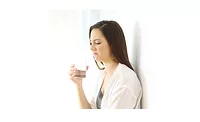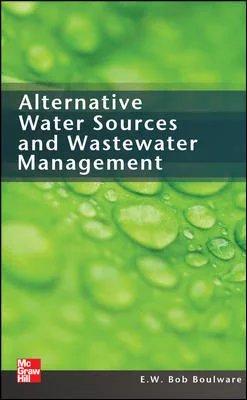Americans Taking More Action Regarding Water Quality
More
than half of Americans say they have concerns about the quality of their water
as more people become educated about specific contaminants and take action in
their homes. Those are two findings from an independent survey released by the
Water Quality Association.
The random sample survey, conducted by Applied Research-West, offers a look
into Americans’ evolving attitude about their water, especially when compared
to previous polls.
“We are seeing people become more educated about water issues and finding ways to ensure water quality for their families,” said Peter J. Censky, executive director of the Water Quality Association.
Among the major findings:
The survey showed that 39 percent of respondents stated that they believed federal drinking water quality laws are “fair.”
About one-fifth (19 percent) of respondents were exposed to “boil water alerts.” This prompted them to purchase a water filtration device. Typically, a water filter pitcher or end-of-tap device was purchased. More than half of those exposed to boil water alerts purchased home filtration devices afterward, higher than the 38 percent who said they did so in 2008.
Americans seem to increasingly believe that responsibility for safe drinking water is a public/private partnership.
Regarding overall quality, specifically 49 percent of respondents indicate that they are concerned or very concerned about their household water supply. Further, 54 percent are concerned about health contaminants in tap water. And 42 percent of respondents stated that drinking water is not as safe as it should be.
Since the previous survey was completed, news reports have brought many local and national contamination issues to the public attention. The New York Times ran a series of articles entitled “Toxic Waters.” The newspaper reported that 10 percent of Americans “have been exposed to drinking water that contains dangerous chemicals or fails to meet a federal health benchmark in other ways.”
In 2010, the President’s Panel on Cancer recommended that people use home filtering devices to decrease exposure to cancer-causing agents.
“We are seeing people become more educated about water issues and finding ways to ensure water quality for their families,” said Peter J. Censky, executive director of the Water Quality Association.
Among the major findings:
- A quarter of consumers are “extremely concerned” about the quality of their water supply, and only 45 percent say they are confident their water source poses no health risk.
- A majority of consumers are now willing to pay more for the elimination of contaminants such as phamaceuticals. In previous surveys, less than 50 percent expressed this opinion.
- Nearly a quarter of consumers say they have primary responsibility in their home for quality water, up from 20 percent in 2008.
The survey showed that 39 percent of respondents stated that they believed federal drinking water quality laws are “fair.”
About one-fifth (19 percent) of respondents were exposed to “boil water alerts.” This prompted them to purchase a water filtration device. Typically, a water filter pitcher or end-of-tap device was purchased. More than half of those exposed to boil water alerts purchased home filtration devices afterward, higher than the 38 percent who said they did so in 2008.
Americans seem to increasingly believe that responsibility for safe drinking water is a public/private partnership.
Regarding overall quality, specifically 49 percent of respondents indicate that they are concerned or very concerned about their household water supply. Further, 54 percent are concerned about health contaminants in tap water. And 42 percent of respondents stated that drinking water is not as safe as it should be.
Since the previous survey was completed, news reports have brought many local and national contamination issues to the public attention. The New York Times ran a series of articles entitled “Toxic Waters.” The newspaper reported that 10 percent of Americans “have been exposed to drinking water that contains dangerous chemicals or fails to meet a federal health benchmark in other ways.”
In 2010, the President’s Panel on Cancer recommended that people use home filtering devices to decrease exposure to cancer-causing agents.
Looking for a reprint of this article?
From high-res PDFs to custom plaques, order your copy today!








